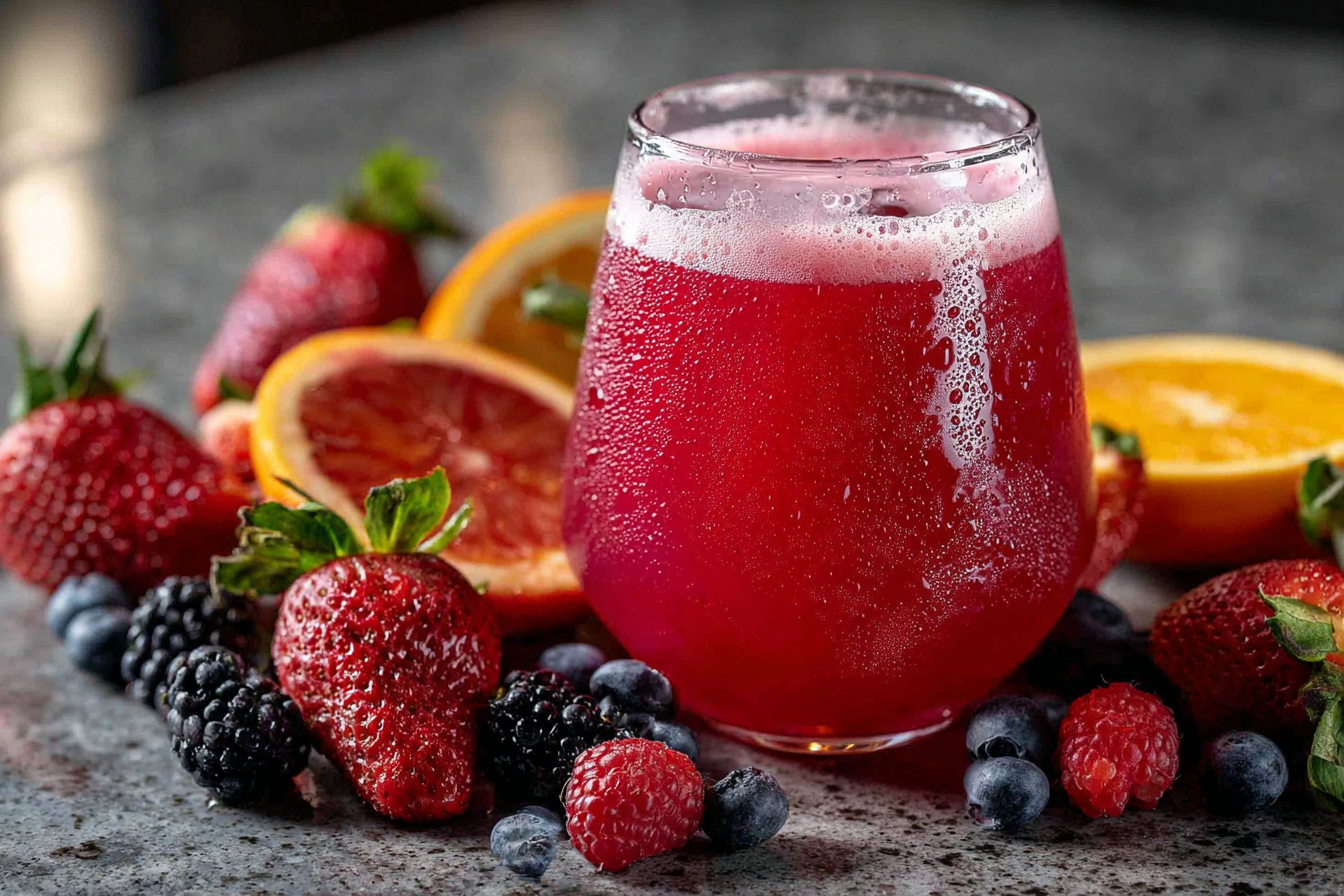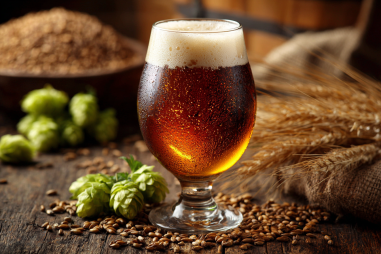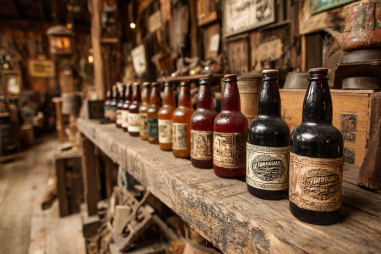American sour beers have carved a unique niche in the craft beer scene, captivating drinkers with their bold, vibrant, and sometimes challenging flavors. Unlike traditional beers, sour beers focus on acidity, funk, and complexity, offering an experience that’s as much about flavor exploration as it is about refreshment. For those new to this style or seasoned enthusiasts looking to deepen their appreciation, understanding the flavor profiles of American sour beers can significantly enhance your tasting journey. Let’s dive into the distinct characteristics, the influence of brewing methods, and how you can train your palate to fully enjoy these deliciously tart brews.
Exploring the Flavors in Sour Beers
Sour beers are defined primarily by their acidity, but the world of sour flavors is broad and diverse. Across the spectrum, American sour beers burst with varying intensities and complexities that include tartness, funkiness, fruitiness, and earthy undertones. This diversity stems from the unique brewing techniques and regional influences that American craft brewers bring to the sour beer tradition, which originated in Europe but has been reinvented in the U.S.
Unlike the straightforward malt-and-hop flavors associated with many ales and lagers, sour beers challenge drinkers with layers of sensory experiences. Their flavors can evoke everything from freshly squeezed citrus and wild orchard fruits to barnyard funk and rustic earthiness. Appreciating these variations means learning to recognize subtle nuances and understanding the sources behind them.
Common Flavor Notes: Tartness, Funk, Fruitiness, and Earthiness
When sipping an American sour beer, you might identify one or multiple flavor notes that define its character. Here’s a breakdown of some common flavor notes you’ll encounter:
- Tartness: This is the hallmark of any sour beer. The level of sourness ranges from mild and refreshing to sharply acidic, often reminiscent of lemon, grapefruit, or green apple. This tangy bite awakens the palate and is primarily the result of lactic acid produced during fermentation.
- Funk: A hallmark of many traditional sour styles, funkiness is that distinctive, earthy aroma often compared to barnyard, wet hay, or even a bit of leather. This “wild” character is primarily contributed by wild yeast strains like Brettanomyces, which add depth and complexity.
- Fruitiness: American craft brewers frequently incorporate real fruit or mimic fruit flavors through fermentation, resulting in sour beers bursting with berry, cherry, peach, or tropical fruit notes. These fruity flavors help balance acidity and add layers of sweetness and aroma.
- Earthiness: Subtle and grounding, earthiness is influenced by the terroir of brewing ingredients, the microbes present in the brewery environment, and aging vessels. Notes of wet wood, moss, or even mushroom can be detected, adding rustic charm to the profile.
Influence of Ingredients and Fermentation on Flavor
The ingredients and fermentation process are at the heart of a sour beer’s flavor profile. Let’s explore how key elements influence the taste experience:
- Grains: While most sour ales use malted barley as a base, specialty grains like wheat, oats, and rye can alter mouthfeel and flavor. Wheat, for example, often lends a soft, bread-like quality that supports acidity well.
- Hops: Sour beers tend to use hops sparingly, focusing less on bitterness and more on aroma and balance. Low hop bitterness allows the sour and funky characters to shine.
- Microbes: The hero of sour beer fermentation is its microbial cast. Lactobacillus and Pediococcus bacteria generate lactic acid, contributing to the tartness, while Brettanomyces yeast brings funky, barnyard notes and complexity. Some brewers also use wild yeast strains indigenous to their local environment, making each batch unique.
- Fruits and Adjuncts: Many American sour beers incorporate fresh or dried fruits, which not only add sweetness and aroma but also introduce additional fermentation byproducts that deepen the complexity.
The fermentation method — whether kettle souring, mixed fermentation, or spontaneous fermentation — also shapes the flavor profile by controlling how and when souring microbes interact with the wort. Kettle-soured beers tend to be brighter and cleaner, while mixed or spontaneous fermentations can yield funkier, deeper flavors with more complexity.
How Aging Impacts Sour Beer Taste
Aging is a critical factor in the development of flavor in many American sour beers. Unlike many fresh beers, sours often improve and evolve with time, sometimes aging for months or years in barrels. Here’s how aging affects flavor:
- Development of Complexity: Over time, flavors mature and intermingle. The tartness may mellow, fruit characters can deepen, and funky notes often become more pronounced and refined.
- Wood Influence: Barrel aging introduces additional flavors like vanilla, toast, or coconut depending on the barrel type. Wooden vessels also harbor beneficial microbes that continue fermentation subtly, influencing the beer’s aroma and taste.
- Reduction of Harshness: Extended aging helps balance the aggressive acidity and funk, creating a smoother, more rounded drinking experience.
For these reasons, many American-style sours are released with tasting notes indicating optimal drinking windows or recommended aging periods, as flavor profiles can shift significantly over time.
Flavor Profile Variations Between Different American Sour Styles
The American sour category is broad, encompassing several distinct substyles, each with its own flavor identity. Here are some popular styles and what you can expect:
- American Wild Ale: Typically fermented with wild yeast and bacteria, these beers are highly variable but often feature prominent funk, earthiness, and moderate tartness. The aroma can range from fruity to barnyard-like.
- Kettle Sours: These are bright, refreshing sours that undergo a controlled souring process in the kettle, resulting in sharp, clean acidity with minimal funk and often crisp fruit notes.
- Fruit Sours: Added fruit can dramatically change the flavor profile, imparting notes like raspberry, blueberry, or peach, balanced against a tart backbone. These are often sweet-tart and more approachable for new sour drinkers.
- Barrel-aged Sours: These undergo long maturation in wood, which adds woody, vanilla, and oxidative characteristics to the sour and funky base. They tend to be more complex and nuanced.
- Lambic-Inspired Sours: Emulating traditional Belgian styles, these have tart and funky notes but often with a pronounced complexity of layered flavors due to spontaneous fermentation and extended aging.
Tips for Tasting and Identifying Flavors in American Sour Beers
Tasting sour beers can be a delightful adventure, especially when you learn how to identify the characteristics that make each beer unique. Here are some tips to help you develop a discerning palate:
- Use the Right Glassware: A tulip or snifter glass concentrates aromas and directs flavors toward your palate, enhancing the tasting experience.
- Observe Appearance: Note color, clarity, and carbonation as visual cues to what you might expect in flavor and mouthfeel.
- Smell First: Sour beers are aroma-driven. Take time to identify fruit, funk, earthiness, or barrel notes before sipping.
- Taste Slowly: Let the beer roll over your tongue. Focus on the initial flavors, the mid-palate, and the finish—this helps separate acidity, sweetness, and funk.
- Note the Balance: Sour beers often balance tartness with fruit or malt sweetness and funk. Consider which flavor dominates and how they interact.
- Try Them Side by Side: Sampling different sour styles or different breweries’ versions of the same style helps highlight subtle differences in flavor profiles.
Building Your Palate for American Sour Beers
Developing a taste for American sours comes from exploration and experience. Start with more approachable styles like kettle sours or fruit-forward sours and gradually try more complex and funky examples. Learn to appreciate acidity as a refreshing and dynamic flavor component rather than something harsh. Over time, your ability to identify nuanced notes and describe what you’re tasting will grow, enriching your overall beer enjoyment.
American sour beers offer an exciting world of flavor, one that invites curiosity and rewards those willing to taste each glass thoughtfully. By understanding the key flavor profiles and the brewing elements that shape them, you can discover a variety that resonates with your preferences and perhaps even surprise you along the way.







